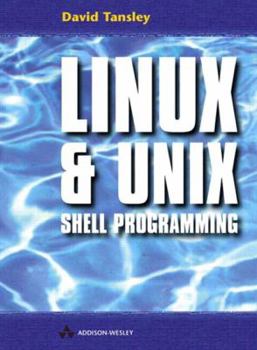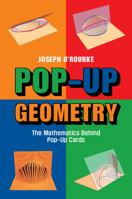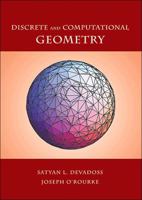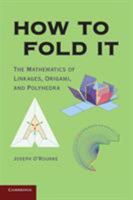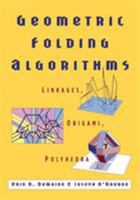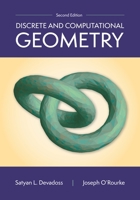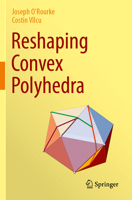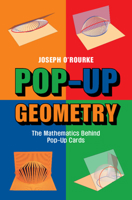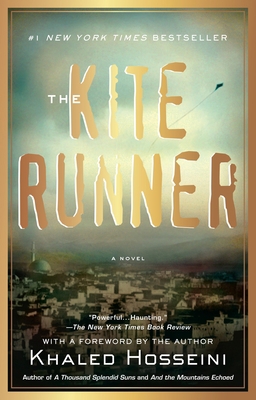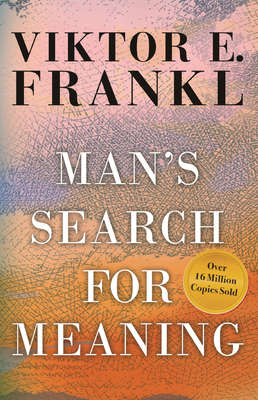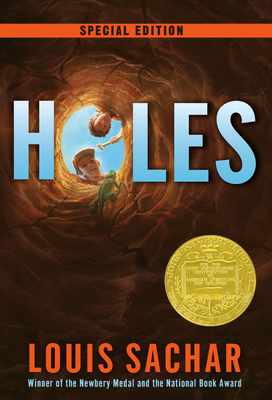Linux and Unix Shell Programming
Customer Reviews
Rated 5 starsSimply a great book on Unix Shell Programming
Reviewer: A reader from Modesto, CA United States This is a marvellous book on Unix/Linux shell programming. D. Tansley knows unix/linux very well, and is a very good teacher too. (In my opinion if you study this book and "The Korn Shell" by Olczak you'll become very good at Unix and Shell scripting.) He has obviously thought a great deal about the organization of the book; in my opinion he has done it very well. About 1/2...
0Report
Rated 5 starsMarvellous book on Unix/Linux Shell Programming
This is a marvellous book on Unix/Linux shell programming. D. Tansley knows unix/linux very well, and is a very good teacher too. He has obviously thought a great deal about the organization of the book; in my opinion he has done it very well. About 1/2 the book is devoted to grep, find. awk, cron, file permissions, quoting, the login environment, etc. His explanations are the best I have read, and all this is enhanced...
0Report
Rated 5 starsthis book has many examples other don't have!
1. This book contains many errors like other readers have pointed out, but its shell programming examples really help me. Those examples I can't find from other books. 2. This book will not help you too much in unix concepts, and thus you may have to buy another good unix concepts book to solve those problems. 3. overall, as long as you have enough time to play those examples in your unix machine and want to write a 30...
0Report
Rated 5 starsTansley's Linux book is an Amazing Friend to keep nearby
A friend of mine raves about "Linux & Unix Shell Programming" by David Tansley, and I certainly have to agree with him.In my case, I had to add Linux to my Windows 98 computer so that I could better talk to and understand programmers who enter the programming contest at . This book would almost be my "Best Friend" if such a thing were possible, because it lets me look up the DOS terms I memorized years ago and see the...
0Report
Rated 5 starsGood Job!
The author has explained the critical concepts in a lucid manner. Part 5 of the book is a must read. Overall a very good book.
0Report










